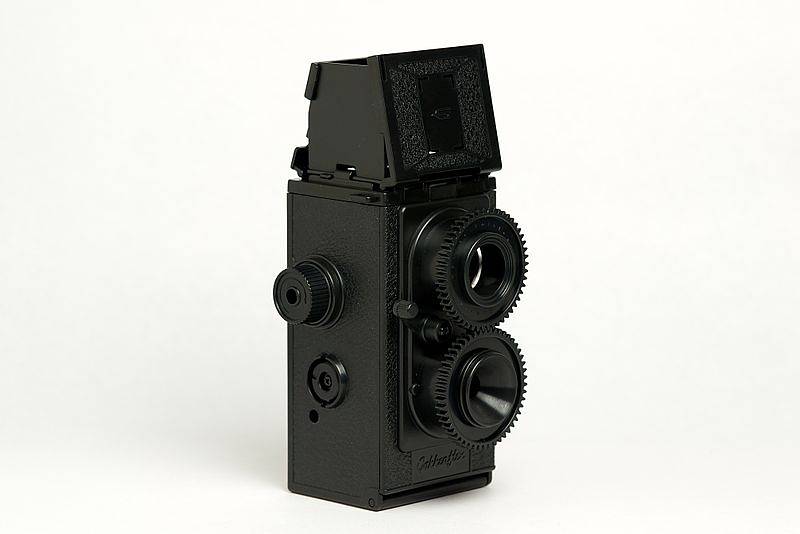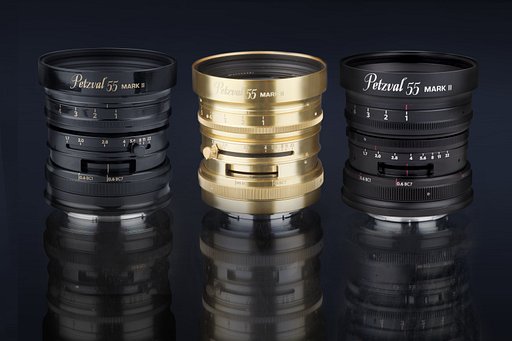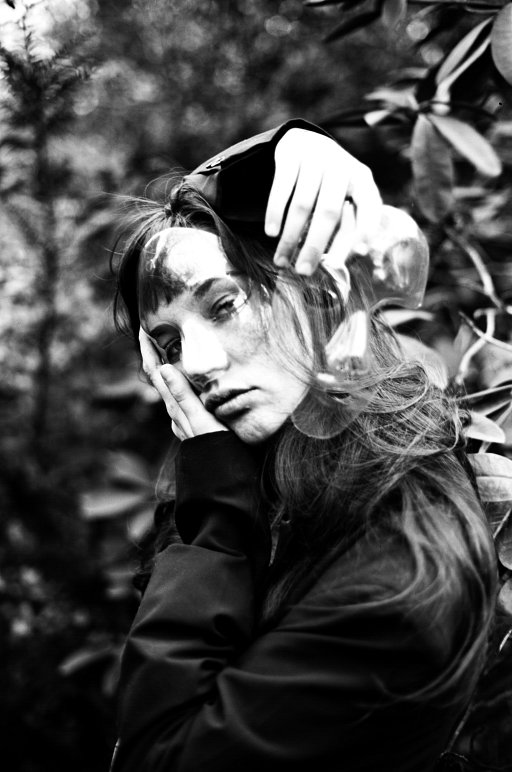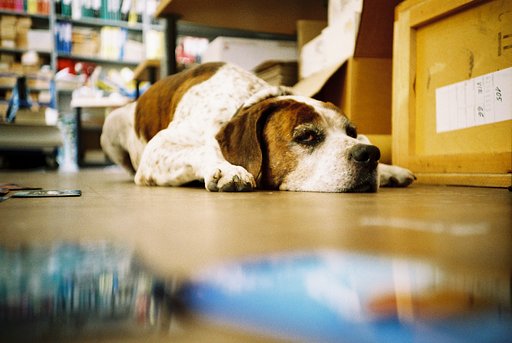8 TLR Cameras For the Creative Photographer
26 37 Share TweetThere comes a time a Lomographer just gets bored with their usual gear. They will look for something different than the usual point-and-shoot, compact 35 mm camera. What better way to start than with medium format cameras such as TLRs? With TLRs or twin lens reflex cameras there are no image blackouts and the image in the viewfinder is the same as what appears in the film. Medium format films have higher quality in terms of grain, contrast, resolution, color, even clarity compared to the popular 35 mm. Experimental and creative users can manually control and tinker with the configuration to produce phenomenal photographs. Here’s a list of eight twin lens reflex cameras for you to try.
Yashica MAT-124G
The Yashica MAT-124G is a well-loved Japanese TLR model. Its control features are similar to the Rolleiflex. Made in the 1970s, this vintage TLR is popular to this day. It is budget-friendly and great for taking subjects in motion. The model has 80mm f/3.5 Yashinon lens and is compatible with both 120 and 220 films. This is best for entry-level users who want to take professional-looking shots.

Rolleiflex 2.8F
The Rolleiflex 2.8F remains a classic (the 2.8FX-N is one of the newest reincarnations of the 2.8F series). It is one of the most popular TLR cameras owing to Carl Zeiss’ 80 mm f/2.8 Planar lens and with a shutter speed ranging 1/s to 1/500s — plenty of room for versatility. This particular TLR only uses 120 film for 12 exposures 6×6 cm, but latest models, from 1965 onward, accepts 220 film.

Gakkenflex TLR
The Gakkenflex TLR is a plastic TLR, perfect for artists who like to play with their cameras. It has a fixed shutter speed at 1/125 and a fixed f-stop at f/11. Though this camera is built for portraiture (35 mm-sized), it’s DIY and can be easily tweaked. You can change the aperture, swap lenses or add some other trinkets such as a finder prism, or turn this camera into something else: either a pinhole camera, square-format or underwater camera.

Mamiya C330
The Japanese Mamiya C330 is one of Rolleiflex’s competitors in the 70s, and it was very popular because of interchangeable lenses, a feature that not all TLRs have. It’s the biggest asset of the C330; the model has 7 available Sekor lenses (2 wide-angle lenses: 55 mm f/4.5 and 65 mm f/3.5, 2 normal lenses: 80 mm f/2.8 and 105 mm f/3.5 and 3 telephoto lenses: 135 mm f/4.5, 180 mm f/4.5, and 250 mm f/6.3). It’s also compatible with both 120 and 220 films in the 6×6 format. This camera is perfect for photographers who like to change in between photographic styles that rely on focal length, most especially with macro photography.

Flexaret VII
The Flexaret VII is the last model of the series made by Meopta in the 60s. It has Belar 80/3.5 and shutter speed reaching 1/500. It’s unique because it deviates from the Rolleiflex formula. Although already considered a vintage camera, the lens offers pretty outstanding aperture and speed. The only caution for this TLR is that it can be difficult to manage since measurement of the Light Value Scale and EV values are coupled.

Seagull 4A
The Seagull 4A line is a Chinese TLR patterned according to older ones, especially the Rolleiflex in 1968 and it’s still being manufactured today, the latest being the 4A-109. As a cheaper alternative, the 4A produces images and quality that can be at par with Rolleiflex’s or Yashica’s if done right. This camera is perfect for beginners because it offers full manual controls on the aperture and shutter speed settings.

Minolta Autocord
The Japanese Minolta Autocord of the 1950s (whether the original, the RA, or the CDS series) is a TLR that keeps increasing in value because of its excellent optics and control— the only TLR that may have outperformed Rollei during its time. It boasts of a Rokkor f/3.5 lens and shutter speed up to 1/500, with some models including light meters. Compared to the Rollei’s Xenar or Tessar, the Autocord’s Rokkor lens is much sharper. It can also create double-exposure shots, something that the Rollei couldn’t do.

Lomo Lubitel 166+
The Lomo Lubitel 166+ is recreated from the classic Soviet Lubitel, and it’s one of the most versatile TLRs available today, with interchangeable film formats (the Lubkin makes it possible to use 35 mm films). With a f/4.5 lens, 75mm focal length and shutter speed at 1/250, the Lubitel is for both amateurs and professionals who want to achieve Lomographic style in photography.

We hope this list helped you in choosing the right TLR for you! Have your own Lomo Lubitl 166+, available on the Online Shop. Did we miss a camera or two? Tell us about it in the comment box.
2016-03-18 #equipo #lifestyle #seagull #minolta #rolleiflex #mamiya #flexaret #lomo-lubitel-166 #twin-lens-reflex-camera















26 Comentarios